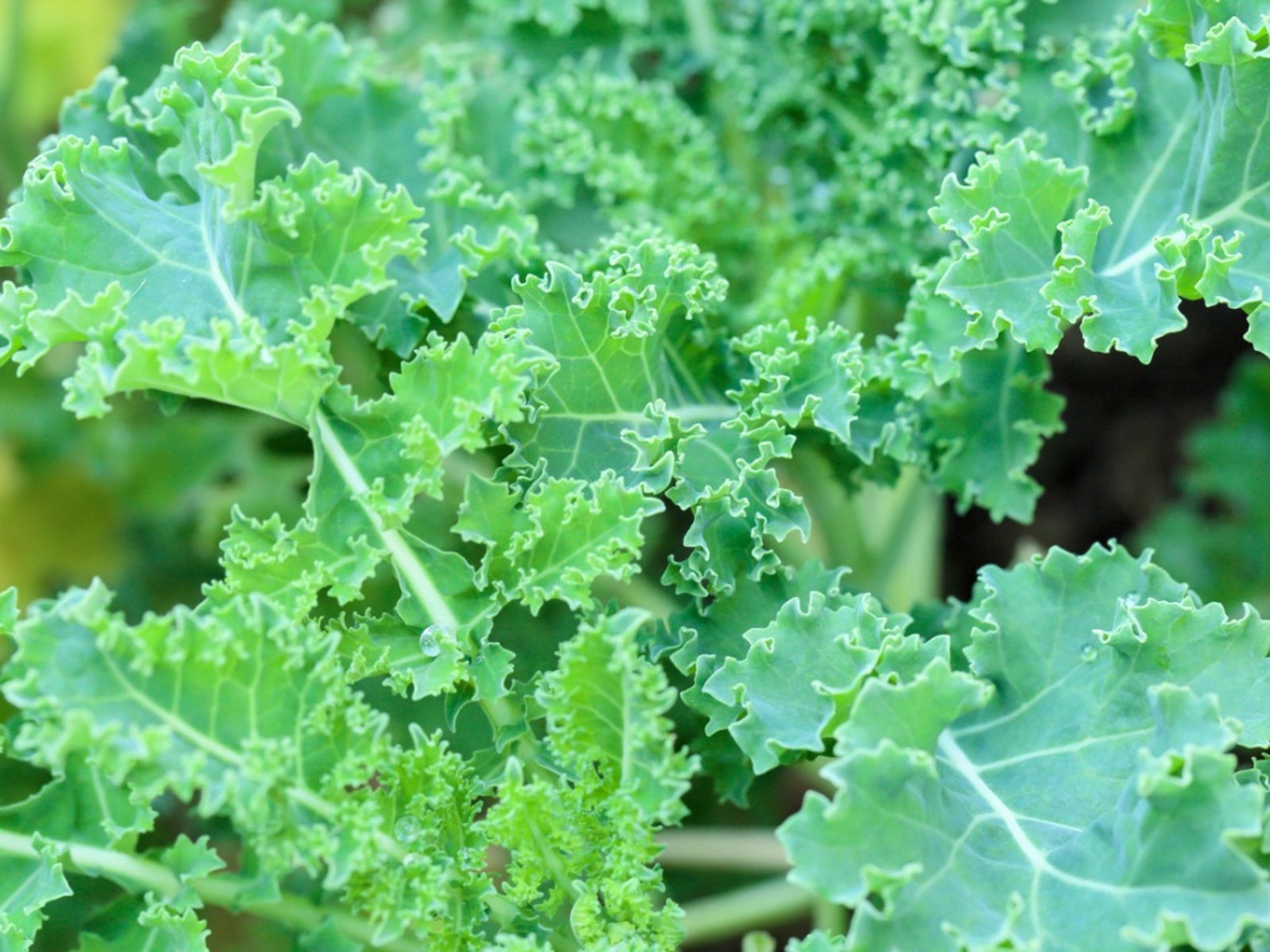Kale is one of the trendiest superfoods loved for its nutrient density versatility, and ease of growth. But like all plants, kale thrives best when surrounded by the right companion plants in the garden. Intercropping with beneficial neighbors can improve pollination, pest control, and overall crop yields.
After researching extensively, I’ve discovered that the top vegetable companions that grow well with kale are:
- Artichokes
- Beets
- Celery
- Cucumbers
- Lettuce
- Onions
- Peas
- Potatoes
These compatible plants each offer unique advantages as a kale companion
Artichokes
The vibrant purple blooms of artichokes attract pollinators while also deterring pests like aphids and ants. Their sculptural foliage provides dappled shade to kale without competing for nutrients. Both plants thrive in cool weather and acidic soil, making them ideal spring companions.
Beets
Beets have deep taproots compared to kale’s shallow roots, so they don’t compete for water or soil nutrients. Their fast growth helps keep weeds in check around kale. Beets can be succession planted as an intercrop with kale for extended harvests.
Celery
Celery repels the troublesome cabbage butterfly and loopers that feast on kale. Its shallow roots don’t interfere with kale’s water and nutrient needs. Celery benefits from the dappled shade of kale’s leaves on hot days. Both celery and kale prefer moist, fertile soil.
Cucumbers
When planted sparingly between kale, trailing cucumber vines act as living mulch to retain soil moisture and reduce weeds. Cucumbers can also provide summer shade for kale. Their flowers attract pollinators to benefit the whole garden ecosystem.
Lettuce
Lettuce and kale make great companions because they have staggered harvest times. Quick-growing lettuces can be interplanted between kale transplants and harvested before kale starts crowding them. The lettuce roots help aerate soil for better kale growth.
Onions
Onions powerfully deter many common brassica pests, including cabbage loopers, aphids, and flea beetles. Interplanting green onions among kale gives you a double harvest. Onions help repel diseases while their shallow roots don’t compete with kale roots.
Peas
Peas are legumes that fix nitrogen, providing a free fertilizer boost to nitrogen-loving kale plants. As a bonus, pea flowers attract pollinators. Taller varieties can support kale vines. Bushy peas work well when densely planted as a living mulch around kale.
Potatoes
While maincrop potatoes should be avoided, early potatoes can be planted beside kale. Fast-maturing new potatoes are ready for harvest just as kale starts expanding. Potato plants mulch and retain moisture for kale until they are removed from the soil.
Beyond these veggie companions, several flowering plants also make outstanding neighbors for kale:
- Marigolds deter pests like nematodes, aphids, and cabbage moth larvae.
- Zinnias attract pollinators while repelling whiteflies.
- Nasturtiums act as a trap crop, luring pests away from kale.
- Cosmos attract predatory insects that control kale pests.
Aromatic herbs like dill, cilantro, and thyme also complement kale by attracting beneficial insects and repelling pests with their strong scents.
Key Tips for Companion Planting with Kale
When interplanting kale companions, follow these guidelines for success:
-
Use proper spacing between plants to prevent crowding and competition. Generally, allow 8-12 inches between kale and its neighbors.
-
Mix companions within the rows and around the outer edges of kale beds to create a natural pest barrier.
-
Include flowers throughout the vegetable garden to attract pollinators.
-
Use fast-growing companion plants like lettuce and radishes as intercrops between kale.
-
Avoid heavy feeders like corn or pole beans that may deprive kale of nutrients.
-
Introduce companions like marigolds and nasturtiums early so they establish before pests arrive.
-
Include companions with different seasons and maturity dates to maximize space.
-
Diversify plant families and varieties to prevent disease spread.
By thoughtfully combining kale with its ideal companions, your garden mimics a natural ecosystem with checks and balances. Healthy soil, biodiversity, and integrated pest management create the ideal productive environment for kale to thrive.
The symbiotic relationships between plants, soil microbes, and beneficial insects are endlessly fascinating. Companion planting illuminates these connections while making gardening more sustainable, educational, and productive.
Observe how your kale responds to different companion plants this season. Keep records of what combinations perform best to optimize future plantings. With experience, you’ll discover the perfect plant pairings to boost your kale harvests.
Warm and Mediterranean Climates
If you live in a warmer place, like the southern US, Australia, or the Mediterranean, kale might need some shade from the sun. To accommodate this, you can change the companion planting:
- Taller plants, like corn, can shade kale during the hottest parts of the day without taking too many of its nutrients.
- Marigolds and nasturtiums are great plants to grow with kale in these areas because they keep pests away and can handle the heat.
Sunflowers and Pole Beans
Sunflowers, pole beans, and other tall plants can block too much sunlight from kale, which needs a lot of it to grow well.
Sunflowers and pole beans can also make it hard for air to flow properly around kale plants, which can make it more humid and make fungal diseases more likely.
Grow Perfect Kale Every Time!
FAQ
What should you not plant next to kale?
Can kale and zucchini be planted together?
Do kale and cucumbers grow well together?
- The Ultimate Guide to Growing Strawberries in Raised Beds - August 8, 2025
- No-Dig Garden Beds: The Easiest Way to Grow a Beautiful Garden - August 6, 2025
- How to Protect and Preserve Wood for Raised Garden Beds - August 6, 2025

